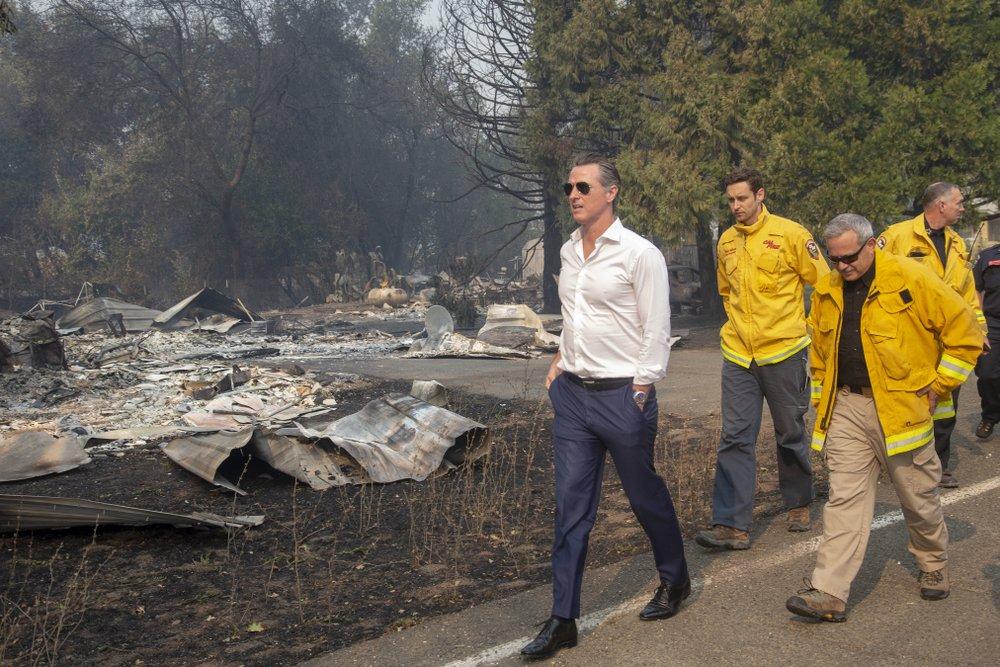Following a September 6 request from California’s Independent System Operator (CAISO) (pdf), the U.S. Department of Energy (DOE) issued a rare 7-day emergency order (pdf) to preserve the reliability of California’s bulk power system. The order authorized three natural gas-fueled power stations to operate at their maximum generation output levels—which they normally cannot do without exceeding federal air quality regulations.
The CAISO reported that with the emergency order, up to 100 MW of electricity could be added to the grid from this otherwise “stranded” capacity. The power plants at the center of the request included units 1-5 at the Walnut Creek Energy Park in the City of Industry, Los Angeles County; units 5/6 and 7/8 at the El Segundo Energy Center in El Segundo, Los Angeles County; and units 1-4 at the generating station in Long Beach, California.





